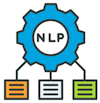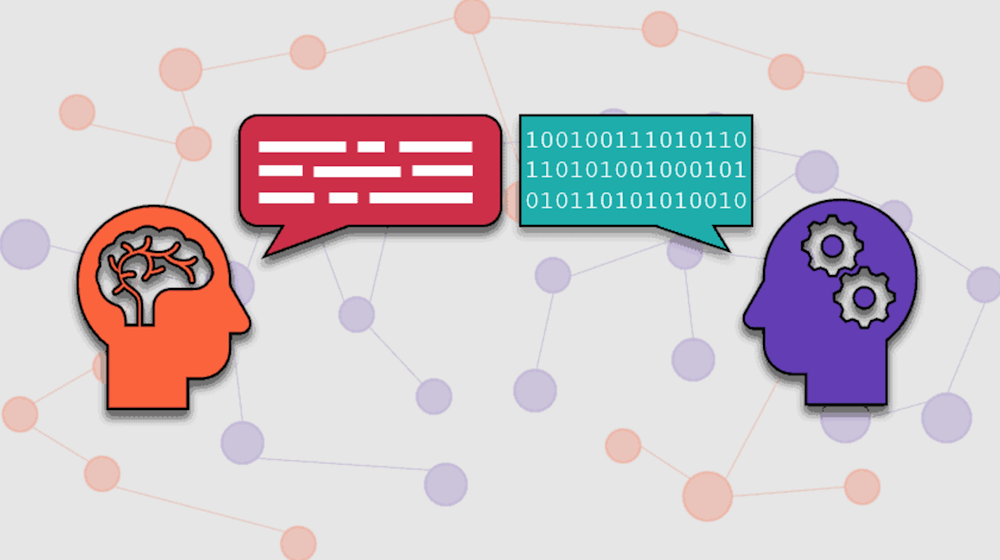 Natural Language Processing
Natural Language Processing
A field within AI that focuses on the interaction between computers and human language
Natural Language Processing (NLP) is the area of AI that bridges the gap between human communication and machine understanding. As technology continues to evolve, NLP will play an increasingly important role in how we interact with digital systems, making it an exciting field with vast potential for future developments.

 What is it?
What is it?
NLP enables computers to understand, interpret, and generate human language, both in text and speech forms. It combines computational linguistics, rule-based modeling of human language, with machine learning and deep learning techniques to facilitate this understanding.
 Key Components
Key Components
Data Preprocessing: This initial phase involves cleaning and preparing text data for analysis. Techniques include:
- Tokenization: Splitting text into smaller units, such as words or phrases.
- Part-of-Speech Tagging: Identifying the grammatical categories of words (nouns, verbs, etc.).
Text Analysis: This phase extracts meaning from the processed text. It includes:
- Named Entity Recognition (NER): Identifying and classifying key entities in text (e.g., names, organizations).
- Sentiment Analysis: Determining the emotional tone behind a body of text.
 Major NLP Tasks
Major NLP Tasks
NLP encompasses several important tasks, including:
- Speech Recognition: Converting spoken language into text.
- Text Classification: Categorizing text into predefined labels.
- Machine Translation: Automatically translating text from one language to another.
- Natural Language Generation (NLG): Producing human-like text based on data inputs.
NLP can be approached in two primary ways:
- Rule-Based Systems: These systems use predefined linguistic rules to process language. They are effective in controlled environments but can struggle with the variability of natural language.
- Machine Learning-Based Systems: These systems learn from large datasets to identify patterns in language, allowing for more flexible and adaptive processing.
NLP is widely used in various applications, including:
- Virtual Assistants: Technologies like Siri and Alexa utilize NLP to understand user commands and respond appropriately.
- Chatbots: Automated systems that engage users in conversation for customer service or information retrieval.
- Search Engines: Enhancing search capabilities by understanding user queries contextually.
 Future
Trends
Future
Trends
Despite its advancements, NLP faces challenges such as:
- Ambiguity: Human language is often ambiguous, making it difficult for machines to interpret meaning accurately.
- Contextual Understanding: Understanding context is crucial for accurate interpretation but remains a complex task for algorithms.
The future of NLP looks promising with ongoing advancements in deep learning and neural networks. These technologies are improving the accuracy and efficiency of language processing tasks, enabling better human-computer interaction and enhancing applications that utilize natural language.
 Links
Links
techtarget.com/searchenterpriseai/definition/natural-language-processing-NLP
iso.org/artificial-intelligence/natural-language-processing
sap.com/resources/what-is-natural-language-processing
en.wikipedia.org/wiki/Natural_language_processing
ibm.com/topics/natural-language-processing
deeplearning.ai/resources/natural-language-processing/